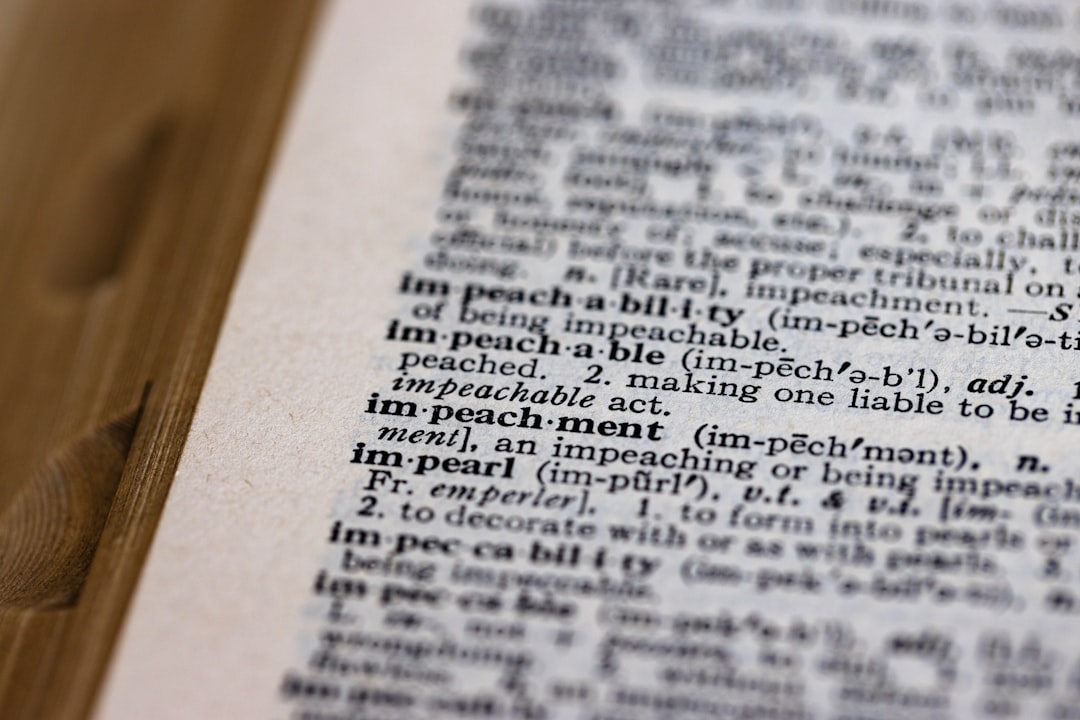
Adaptation is a fundamental concept in evolutionary biology, representing the process through which organisms become better suited to their environments over generations. This phenomenon is driven by natural selection, where individuals with traits that confer advantages in survival and reproduction are more likely to pass those traits on to their offspring. The study of adaptation encompasses a wide range of biological disciplines, including genetics, ecology, and ethology, as it involves understanding how organisms interact with their environments and how these interactions shape their evolutionary trajectories.
The significance of adaptation extends beyond mere survival; it plays a crucial role in the diversification of life on Earth.
This dynamic interplay between organisms and their environments highlights the intricate web of life and the ongoing evolutionary arms race that characterizes the natural world.
By examining adaptation, scientists can gain insights into the mechanisms of evolution, the history of life on Earth, and the potential future trajectories of species in response to changing environments.
Key Takeaways
- Adaptation is the process by which organisms evolve traits that enhance their survival and reproduction in their environment.
- Genetic mechanisms such as mutations, gene flow, genetic drift, and natural selection drive adaptation in populations over time.
- Phenotypic plasticity allows organisms to adjust their traits in response to environmental changes, contributing to their adaptation.
- Evolutionary trade-offs occur when a trait that is beneficial in one context may be detrimental in another, shaping the process of adaptation.
- Environmental factors such as climate, resource availability, and predation pressure play a crucial role in driving adaptation in organisms.
Genetic Mechanisms of Adaptation
Genetic Variation and Evolutionary Change
Mutations, gene flow, and genetic drift are key processes that introduce new alleles into populations, creating a diverse genetic landscape. Mutations, which are random changes in DNA sequences, can lead to new traits that may enhance an organism’s fitness.
Adaptation through Natural Selection
For instance, a mutation in a gene responsible for pigment production in a population of moths could result in a color variation that offers better camouflage against predators, thereby increasing survival rates. Natural selection acts on this genetic variation by favoring individuals with advantageous traits. Over time, these traits become more prevalent within the population.
A Classic Example of Rapid Adaptation
A classic example is the peppered moth (Biston betularia) in England, which underwent a dramatic shift in coloration during the Industrial Revolution. The darker variant of the moth became more common due to its increased survival in soot-darkened environments, illustrating how genetic mechanisms can drive rapid adaptation in response to environmental changes.
Phenotypic Plasticity and Adaptation

Phenotypic plasticity refers to the ability of an organism to alter its phenotype in response to environmental conditions. This flexibility can be crucial for survival, allowing organisms to thrive in varying habitats without requiring genetic changes. For example, certain plants exhibit phenotypic plasticity by altering their leaf size and shape based on light availability.
This adaptive strategy can be particularly advantageous in unpredictable environments where conditions fluctuate frequently. In aquatic ecosystems, some fish species can change their coloration based on the presence of predators or changes in habitat structure.
Such plastic responses not only enhance individual fitness but can also influence population dynamics and community structure. By allowing organisms to respond quickly to environmental changes, phenotypic plasticity serves as a vital mechanism of adaptation that complements genetic evolution.
Evolutionary Trade-offs and Adaptation
| Trade-offs | Adaptation |
|---|---|
| High reproductive rate | Shorter lifespan |
| Large body size | Slower reproduction |
| Resistance to diseases | Reduced reproductive capacity |
| Efficient metabolism | Reduced ability to store energy |
Adaptation often involves evolutionary trade-offs, where the enhancement of one trait may come at the expense of another. These trade-offs are essential for understanding the complexities of adaptation and the constraints that organisms face in their evolutionary journeys. For instance, a bird species may evolve larger beaks that allow it to access a wider range of food sources; however, this adaptation might also result in reduced flight efficiency or increased energy expenditure.
A well-documented example of such trade-offs can be seen in the case of reproductive strategies among various species. In many cases, organisms that invest heavily in reproduction may have reduced longevity or lower survival rates due to the energy costs associated with producing numerous offspring. Conversely, species that allocate resources toward growth and survival may produce fewer offspring but invest more care into raising them.
These trade-offs highlight the delicate balance that organisms must navigate as they adapt to their environments while managing limited resources.
Environmental Factors and Adaptation
Environmental factors play a pivotal role in shaping the adaptive strategies of organisms. Climate, availability of resources, predation pressures, and competition are just a few examples of the myriad influences that can drive adaptation. For instance, in arid environments, plants have evolved various adaptations such as deep root systems and water-storing tissues to cope with limited water availability.
Cacti exemplify this adaptation with their thickened stems that store water and spines that reduce water loss through transpiration. Moreover, changes in environmental conditions can lead to rapid adaptations within populations. The phenomenon known as “adaptive radiation” occurs when a single ancestral species diversifies into multiple forms that exploit different ecological niches.
A classic example is the finches of the Galápagos Islands, which evolved distinct beak shapes and sizes to utilize various food sources available on different islands. This diversification illustrates how environmental factors can drive adaptive evolution and lead to the emergence of new species.
Adaptation at the Molecular Level

Molecular Response to Environmental Stress
Gene expression regulation is a key mechanism through which organisms can adapt at this level. For instance, when exposed to high temperatures, certain bacteria can upregulate heat shock proteins that help protect cellular structures from damage. This molecular response allows them to survive in extreme conditions that would otherwise be lethal.
Epigenetic Modifications and Adaptation
Additionally, epigenetic modifications—changes in gene expression that do not involve alterations to the underlying DNA sequence—can also play a significant role in adaptation. These modifications can be influenced by environmental factors such as temperature or nutrient availability and can lead to heritable changes in phenotype without permanent genetic changes.
Heritable Changes through Epigenetic Adaptation
For example, studies have shown that plants exposed to drought conditions can undergo epigenetic changes that enhance their drought tolerance in subsequent generations. This molecular adaptability underscores the complexity of evolutionary processes and highlights how organisms can fine-tune their responses to environmental pressures.
Behavioral Adaptations in Evolutionary Biology
Behavioral adaptations are another critical aspect of evolutionary biology that contribute to an organism’s fitness within its environment. These adaptations encompass a wide range of actions and strategies that enhance survival and reproductive success. For example, migratory behavior in birds is a well-known adaptation that allows them to exploit seasonal resources across different geographical areas.
By migrating to warmer climates during winter months, these birds can access food sources that would otherwise be unavailable. Social behaviors also represent significant adaptations within certain species. In social insects like ants and bees, complex behaviors such as cooperative foraging and nest building enhance group survival and efficiency.
These behaviors are not only adaptive for individual members but also contribute to the overall success of the colony as a whole. The evolution of such social structures illustrates how behavioral adaptations can lead to increased resilience against environmental challenges and promote long-term survival.
Human Impact on Adaptation in the Natural World
Human activities have profoundly influenced adaptation processes across various ecosystems, often leading to both positive and negative consequences for biodiversity. Habitat destruction, climate change, pollution, and overexploitation are just a few ways humans have altered natural environments, forcing species to adapt rapidly or face extinction. For instance, urbanization has led some species to develop novel behaviors or traits that allow them to thrive in human-dominated landscapes.
Pigeons have adapted to urban environments by altering their nesting habits and feeding strategies. Conversely, human-induced changes can create significant challenges for many species attempting to adapt. Climate change poses a particularly pressing threat as it alters temperature regimes and precipitation patterns at an unprecedented rate.
Many species struggle to keep pace with these rapid changes, leading to shifts in distribution or even extinction for those unable to adapt quickly enough. The plight of polar bears is emblematic of this challenge; as sea ice diminishes due to warming temperatures, these apex predators face difficulties in hunting seals—one of their primary food sources—forcing them into increasingly precarious situations. In summary, adaptation is a multifaceted process shaped by genetic mechanisms, environmental factors, phenotypic plasticity, evolutionary trade-offs, molecular responses, behavioral strategies, and human impacts.
Understanding these diverse aspects provides valuable insights into how life on Earth continues to evolve amidst changing conditions and highlights the importance of preserving biodiversity for future generations.
If you are interested in learning more about how to master English and improve your academic vocabulary, you may want to check out this article on how to learn better. This article provides valuable tips and strategies for enhancing your language skills and adapting to new learning environments. By incorporating these techniques into your study routine, you can maximize your ESL student English learning potential and prepare yourself for success in the digital age, as discussed in this related article on business readiness for the digital age.
FAQs
What is the definition of adaptation in academic vocabulary?
Adaptation, in academic vocabulary, refers to the process of adjusting to new conditions or environment in order to survive and thrive. It can also refer to the modification of something to make it suitable for a new use or purpose.
How is adaptation used in different academic disciplines?
Adaptation is a concept that is used in various academic disciplines such as biology, ecology, literature, sociology, and business. In biology and ecology, adaptation refers to the process by which organisms evolve and change to better suit their environment. In literature, it can refer to the modification of a work to fit a different medium or audience. In sociology, it can refer to the adjustment of individuals or groups to societal changes. In business, it can refer to the modification of strategies or products to fit new market conditions.
What are some examples of adaptation in the natural world?
Examples of adaptation in the natural world include the development of camouflage in animals to blend in with their surroundings, the evolution of certain plants to thrive in arid environments, and the ability of certain species to hibernate during harsh winters.
How does adaptation differ from acclimatization?
Adaptation refers to the long-term process of adjusting to new conditions, often involving genetic changes, while acclimatization refers to the short-term physiological adjustments an individual makes in response to changes in their environment.



